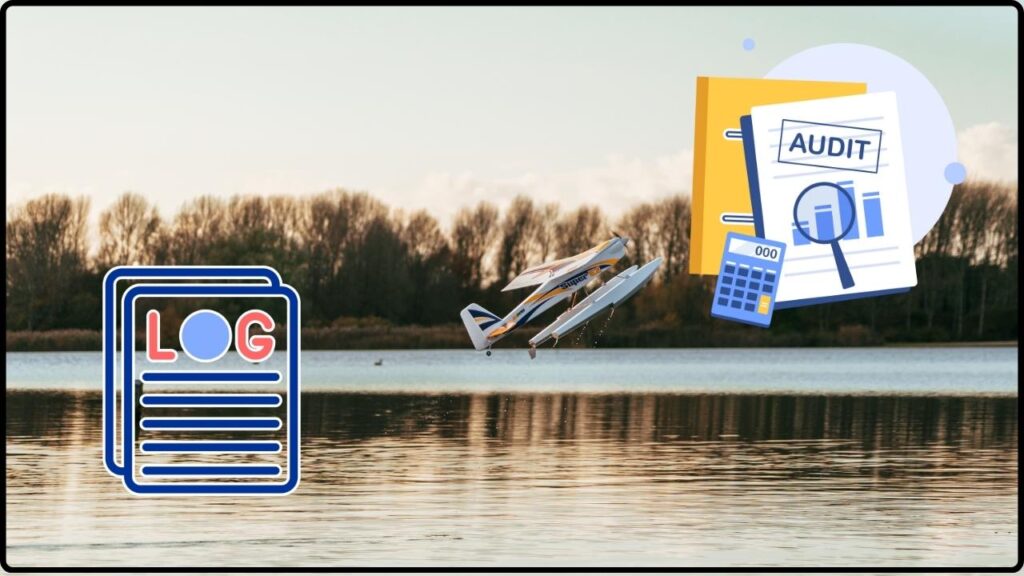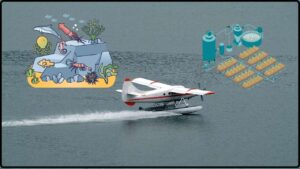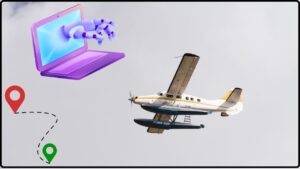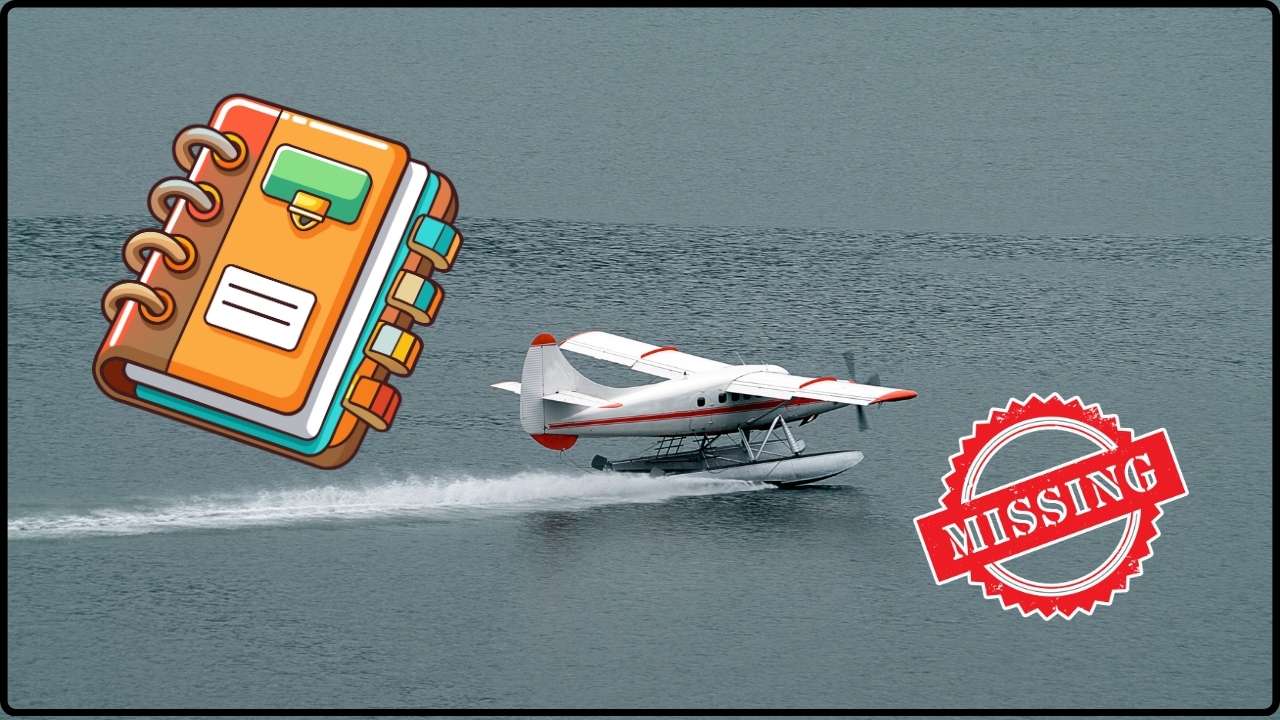
The Digital Logbook: When you’re out there on the water, runnin’ a vessel and keepin’ the traffic safe, you gotta keep everything legit—especially with AIS compliance. AIS, or Automatic Identification System, is the backbone of navigational safety, letting ships know who’s who and where the heck they’re headed. But just having AIS isn’t enough. You’ve gotta prove you’re runnin’ things by the rules, and that’s where the digital logbook steps in, laying down a verifiable audit trail that regulators can trust. So let’s break this down in everyday terms, friendly but knowledgeable, and get your shipshape AIS records locked tight, saving you stress bigger than the open seas.
Table of Contents
The Digital Logbook
The maritime world is changing fast. Paper logbooks in this digital era are like trying to pick up a radio signal with no antenna. Embracing a digital logbook with a verifiable audit trail is more than ticking compliance boxes—it’s a smart, efficient way to safeguard your operations. With accurate timestamps, verified user IDs, and tamper-proof entries, you build a fortress of trust that auditors value and competitors envy. Stay sharp, pick the right software, train your crew, and sail through every audit with confidence. The future’s digital—the digital logbook is your best first mate keeping your AIS data bulletproof.
| Topic | Details & Stats |
|---|---|
| What is AIS? | System broadcasting ship data (position, speed) for maritime safety |
| Why Go Digital With Logbooks? | Cuts down errors, creates tamper-proof records, and eases regulatory burdens |
| Compliance Must-Haves | Timestamps, user IDs, immutable entries per IMO MEPC 312(74), FDA 21 CFR Part 11 |
| AIS Regulatory Landscape | Mandatory on most commercial vessels under SOLAS and local laws, compliance deadlines in some regions |
| Career Impact | Digital audit skills increasingly demanded, boosting maritime career prospects |
What’s AIS Compliance and Why the Digital Logbook Is Your Best Mate
AIS compliance means making sure you log and manage all your AIS data properly. AIS broadcasts a ship’s real-time position, speed, and heading to nearby vessels and shore stations, acting like a digital lighthouse for navigational safety. The system reduces risks of collision and helps port authorities monitor marine traffic. But here’s the rub—regulators don’t just want you to run AIS; they want proof that everything’s done right.
That’s where the digital logbook comes in, acting like the Captain’s official 21st-century notebook. Rather than scribbling notes on paper, your logs are recorded digitally with automatic time-stamps, user credentials, and safeguards so no one can sneak in and alter your data. This creates a verifiable audit trail that’s foolproof during regulatory checks or accident investigations.
AIS compliance is backed up by international and national maritime regulations, including SOLAS Chapter V Regulation 19, IMO MEPC 312(74), and evolving rules in the U.S. and other jurisdictions. These frameworks demand that AIS data be accurately recorded, securely stored, and easily retrievable for several years, depending on local law.
Step-By-Step Guide to Creating a Verifiable Audit Trail for AIS Compliance?
Step 1: Get Acquainted with the Rulebook
Before you set sail on your digital journey, you gotta know what’s required. U.S. maritime authorities emphasize traceability and accurate record-keeping. Internationally, IMO’s MEPC 312(74) demands your audit trail automatically log every AIS event with immutable timestamps and user identifiers. The onboard systems must lock all entries to prevent unauthorized tampering or deletion.
Knowing these requirements up front spares your crew major headaches later. It isn’t just about compliance—it’s charting your legal safe harbor. Equally important, some regions have introduced fresh AIS mandates, such as Dubai’s recent Circular No. 16 of 2025, enforcing AIS installation on all vessels to boost maritime safety and control.
Step 2: Pick the Right Digital Logbook Software
Finding a digital logbook that meets today’s high standards is key. Look for software that offers:
- Immutable audit logs: Once recorded, entries can’t be deleted or edited without trace.
- Automatic timestamps and user authentication: Ensures traceability of every action.
- Role-based access control: Keeps unauthorized users out of sensitive records.
- Compliance with standards: Alignment with IMO MEPC 312(74), SOLAS, and FDA’s 21 CFR Part 11 electronic record-keeping requirements is critical.
- Integration with AIS hardware: Cutting manual error by auto-logging real-time AIS transmissions directly into the system.
These features don’t just protect you from penalties—they save time by automating compliance checks and audits.
Step 3: Set Up Controls and Policies Like a Pro
You’ve got the software—now it’s about locking down how it’s used:
- Make sure AIS data capture happens automatically, capturing each signal from position updates to equipment statuses.
- Require electronic signatures to validate every log entry; this raises accountability.
- Configure alerts for gaps or suspicious activity in logs to act fast on potential issues.
- Define and enforce user roles, conduct periodic reviews of access rights, and train your crew extensively in proper digital logbook use.
The right policies and training turn good tech into a dependable tool.
Step 4: Regular Maintenance and Audit Reviews
Digital logs don’t function properly on autopilot. Regular upkeep is vital:
- Backup logs on secured, geographically dispersed servers to prevent data loss.
- Perform scheduled internal audits for accuracy, completeness, and signs of tampering.
- Keep records for statutory retention periods—often 5 to 8 years—to remain audit-ready.
- Conduct surprise inspections to simulate official audits and identify gaps early.
Well-maintained audit trails transform compliance from a chore into a competitive edge.
Step 5: Automate Where You Can
Seize the power of automation to turbocharge compliance workflows:
- Connect directly with AIS hardware for live data feeds and real-time logging.
- Receive automated audit reports and alerts, helping captains and managers stay one step ahead.
- Get automated reminders for logbook upkeep, certificate renewals, and compliance checks.
- Reduce human error and administrative hassle, freeing crew to focus on what matters most—safe sailing.
Bonus: How Blockchain is Changing the Game for Digital Logbooks
Some savvy operators are adopting blockchain technology for their digital logbooks. Blockchain acts like a public ledger where each entry is cryptographically secured and immutable. This tech boosts trust especially when vessels cross international boundaries, offering undeniable proof that the audit trail hasn’t been altered.
Blockchain’s decentralized nature ensures data is resilient against hacking or unauthorized changes—vital in today’s cybersecurity landscape. For AIS compliance, this means smoother cross-jurisdiction audits and enhanced transparency.

In Practice: What a Day Looks Like with a Digital Logbook
Picture this: You’re a captain ready to depart. Instead of rifling through paper logs, you check a tablet displaying a clear, chronological record of every AIS transmission and voyage entry. The system automatically captures position data, records crew inputs, and timestamps every move with secure electronic signatures.
If the harbor master swings by, you have instant access to all your audit data, neatly organized and tamper-proof. This saves time, cuts down errors, and boosts confidence, knowing your logbook stands up to scrutiny from any regulator.
Remote teams ashore monitor compliance via live feeds, proactively resolving issues before they snowball. This operational synergy between technology and human oversight defines modern maritime best practices.
Best AIS Cleaning & Decon Supplies for Aviation (2025 Review)




![Case Study How [Lake Association] Partners with Pilots to Stop AIS](https://seaplanesandais.com/wp-content/uploads/2025/11/Case-Study-How-Lake-Association-Partners-with-Pilots-to-Stop-AIS-300x169.jpg)










![Case Study: How [Lake Association] Partners with Pilots to Stop AIS](https://seaplanesandais.com/wp-content/uploads/2025/11/Case-Study-How-Lake-Association-Partners-with-Pilots-to-Stop-AIS.jpg)
